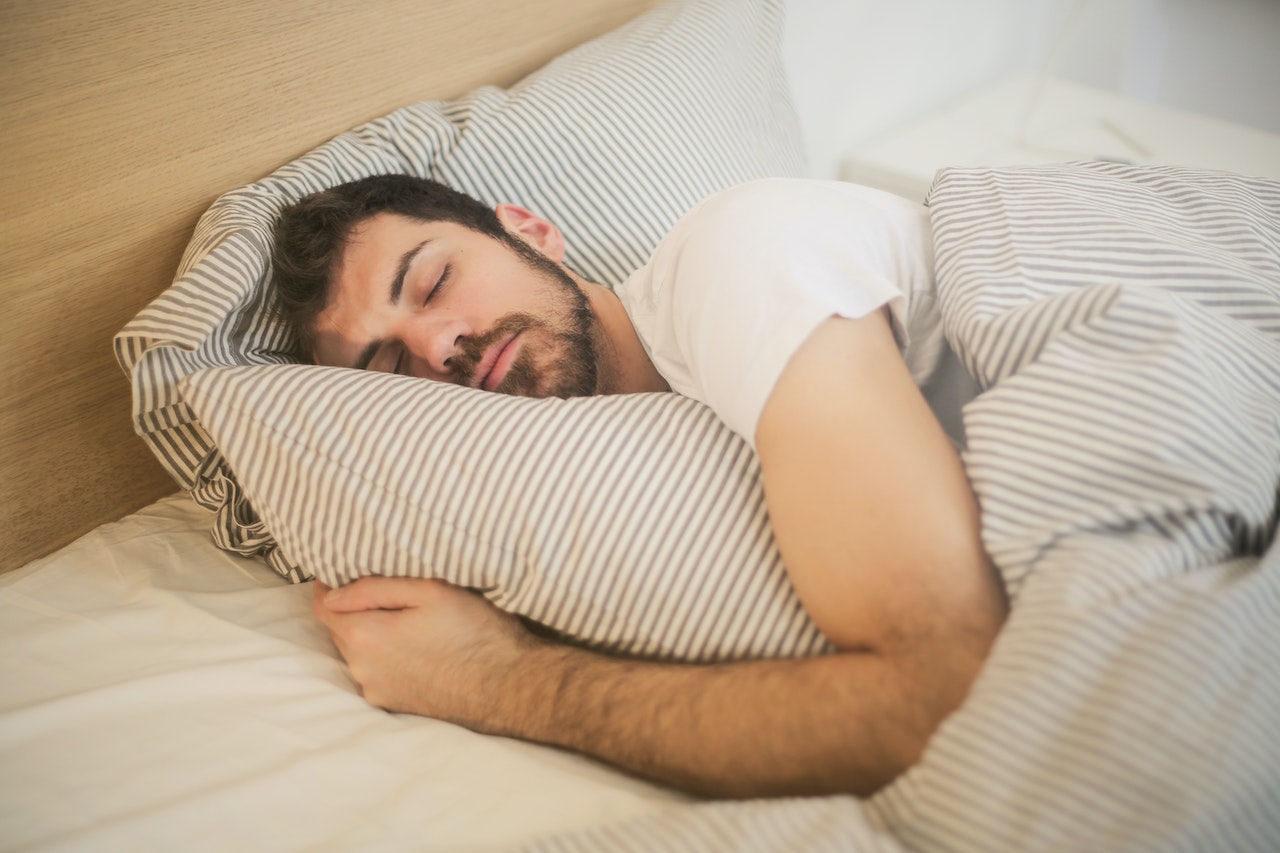Inspire
Sleep is a radical remedy against obstructive sleep apnea (OSA).
Unlike traditional continuous positive airway pressure (CPAP) therapy, the Inspire Sleep device works inside
your body—providing a more convenient and effective solution for those battling OSA. The next pertinent question
would be, “Where is Inspire implanted?” We are here to answer that
and more.
With the FDA green light, Inspire Sleep Therapy is ready to
address the root cause of sleep apnea – stimulating the airway muscles. This device, implanted in your body,
gives customized stimulation based on your distinct respiring rhythms. Let’s delve into this ground-breaking
treatment method and how it can better your sleeping patterns and overall quality of life.
Inspire Sleep for Sleep Apnea – Things to Consider
Thinking about Inspire Sleep Therapy? Here are some vital
facts to bear in mind:
Eligibility for Inspire Sleep for Sleep Apnea
This treatment works for a specific group of patients
suffering from moderate to severe OSA. If your apnea-hypopnea index (AHI) ranges between 15 and 65, it might be
just for you. But remember to check with a sleep specialist, as they can tell if you’re the right fit.
Insurance Coverage
Most leading U.S. insurance companies, including Medicare,
cover you on the Inspire device. However, cross-checking deductibles, copays, and maximum out-of-pocket costs
can help avoid surprises.
Long-Term Commitment
Don’t forget that Inspire Sleep
requires going under surgery and regular check-ins with your
healthcare professional. It demands complete commitment, and not everyone with sleep apnea qualifies for this
type of treatment.
Benefits of Inspire Sleep Therapy
Inspire Sleep Therapy is changing the landscape of treating
obstructive sleep apnea (OSA), known for causing breathing disruptions while you sleep. Unlike traditional CPAP
therapy with all its bulky equipment – machine, hose, and mask – Inspire Sleep is a clean-cut solution that
works with just one click.
Let’s dive in and see what this device brings to the table
in terms of benefits:
Minimally Invasive Outpatient Procedure
With Inspire Sleep Therapy, getting things operational
involves slipping in a tiny device via an uncomplicated outpatient procedure. That means no hospital stays are
required – making it pretty convenient for patients who can return to their regular routines post-op.
Elimination of Cumbersome CPAP Apparatus
One of the main selling points of Inspire Sleep Therapy?
Circumventing the need for any kind of CPAP machine: machine, hose, or mask. By eliminating these additional
components, your comfort levels get a serious boost while you sleep and pave the way for more restful
nights.
Facilitation of Normal Breathing
For people who haven’t found relief through CPAP, Inspire
Sleep offers a ray of hope by carrying out the role of the nerve that governs the tongue’s movements. A little
push forward stops it from blocking the air entrance—setting up a routine breath cycle while you sleep and
making space for better sleeping sessions.
Enhanced Daytime Alertness and Productivity
With Inspire Sleep therapy, you can curtail those energy
dips during the day caused by fatigue, as it sparks remarkable boosts in alertness and overall daily function.
This energy jolt could considerably improve your life quality as you breeze through daily tasks more
effectively.
Drastic Reduction in Apnea-Hypopnea Index (AHI)
Studies have spotlighted how Inspire therapy reduces AHI by
a jaw-dropping 79%. The AHI gauge measures ‘apneas’ and ‘hypopneas’ instances every hour when you sleep; hence,
lower scores mean enhanced sleep quality. With Inspire therapy onboard, users are promised noteworthy
enhancements in their sleep health.
Diminished Snoring for Enhanced Sleep Environment
The noisy performance your OSA puts on every night is
significantly dialed down with Inspire therapy, benefiting the person under treatment and their sleeping
partners! This dip promotes an unruffled environment that offers a good night’s sleep for everyone
involved.
Personalized Stimulation Tailored to Individual Needs
One standout attribute of Inspire therapy is its ability to
monitor every breath you inhale as you sleep, furnishing gentle stimulation that’s locked in sync with your
specific breathing rhythms. This tailored approach guarantees that the treatment bends according to your
particular needs, heightening its efficiency while fostering a harmonious sleep cycle.
Conclusion
Unleashing a revolutionary wave in the medical field for
people grappling with moderate to severe obstructive sleep apnea (OSA), Inspire Sleep Therapy offers hope where
other treatments have not delivered. This cutting-edge solution boasts an array of advantages, including
heightened quality of sleep, diminished lethargy during daytime, and a more pleasant and straightforward
alternative over conventional CPAP therapy or sleep medicine.
If Inspire Sleep therapy has piqued your interest regarding
how it could elevate your sleep and life quality, it may be worth considering booking an appointment at Gwinnett Sleep Renowned for their expertise in treating
sleeping disorders within the local region of Gwinnett, these seasoned experts can join hands to guide you
through each phase, from preliminary evaluation until post-implant care.







